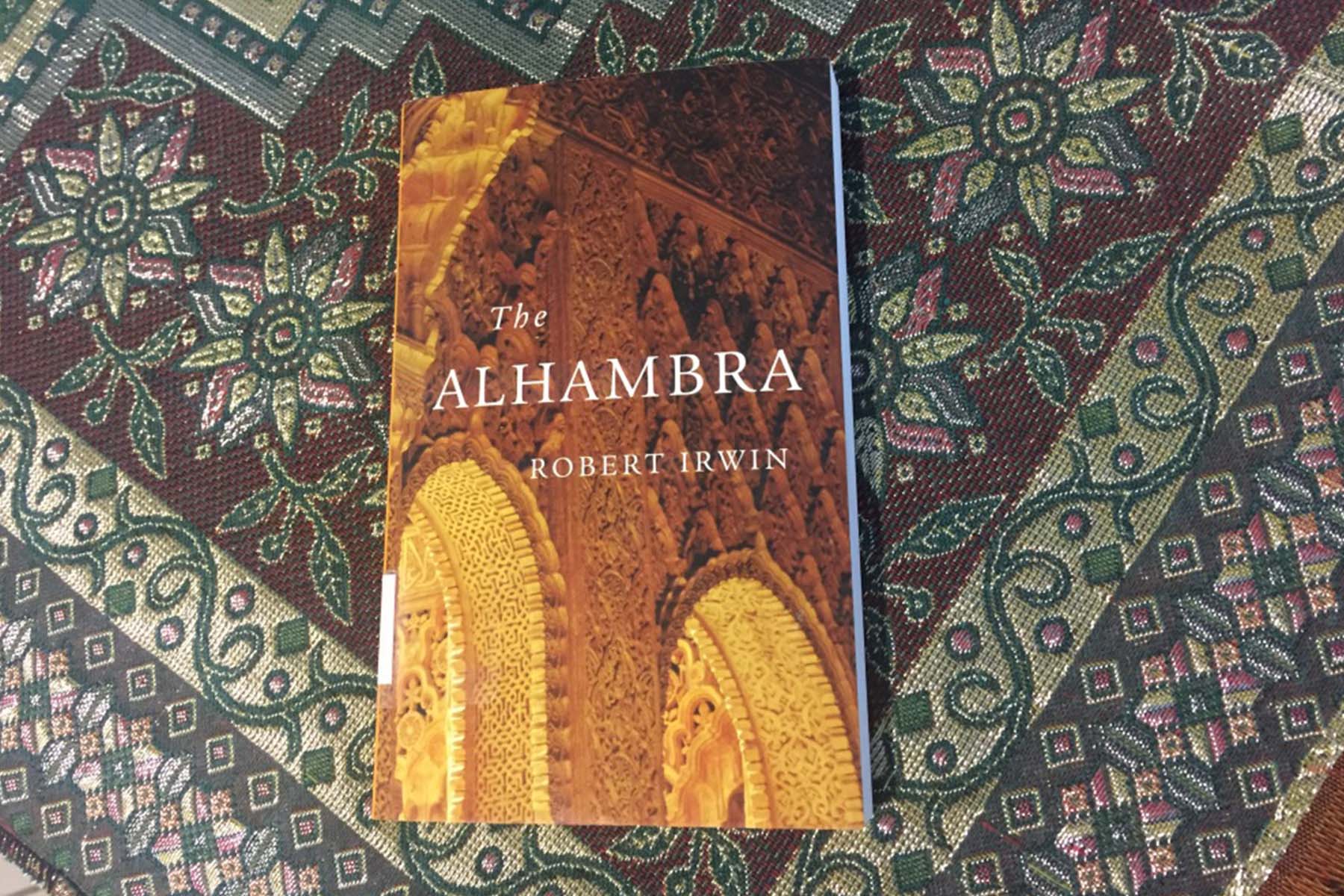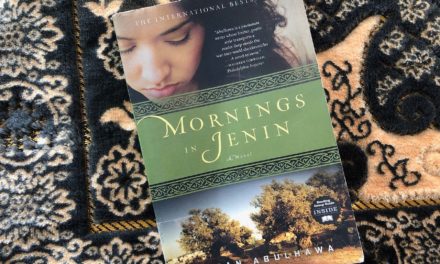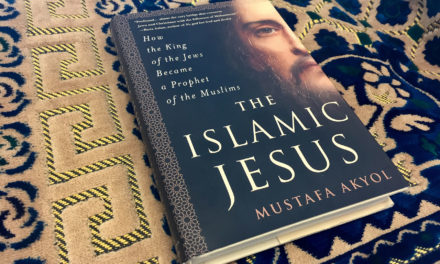United Talent Agency
Elise Bellin, Librarian of the Islamic Resource Center, wrote this book review as part of an ongoing series that focuses on a range of books within the IRC collection as a service to the community.
The Alhambra
The Alhambra by Robert Irwin (2004)
ISBN: 9780674060333
The Alhambra is one of those medieval structures that feed the imagination. Built as a township in the last of Moorish Spain, it flourished, was conquered and lost, nearly forgotten, and romantically “rediscovered” and now its true history has nearly been forgotten. Constructed based on soothing mathematical and architectural principals heavily influenced by Islamic principles and aesthetics, the Alhambra has since seen so many changes that even before being reinvested with its “history” that it had already begun to not only change its nature but to also forget something of what it was.
The nations that variously took over its care over the years since the expulsion of the Moors from Spain remodeled, removed, destroyed, and reconfigured the structure. The travel writers of the 1800’s, most notably Washington Irving and his peers, romanticized the history into something completely unrecognizable. What Robert Irwin has done is attempt to strip away the layers of myth and politics surrounding the structure and go back to its roots.
In doing so, Irving managed to give us a real look into the heritage of Muslim Spain. There are politics and intrigue, murder and betrayal – a veritable “poisoned paradise” in which those who ruled or advised were more likely to face assassination than success and those that served them, often slaves, were stuck into a state of poverty and fear. Meanwhile, those in the middle classes lived a much less strife-filled existence with a veritable multicultural experience. We learn that this was in fact not that unusual and many of the materials used to build the original main structures were actually quite common to the area. It was in fact the Islamic-based geometry based on mystic proportions that gave the structure its initial beauty but that with the overthrow of this ruler or that, this people or that, the Alhambra became something of a mixed bag of cultural and architectural styles, growing its splendor. Then we learn of its eventual fall into disuse and decay.
Finally we learn of the “rediscovery” by the Romantics and its influence on the arts, both literary and fine. We are so fully immersed in the history of the location as to find the Alhambra to be nothing short of a living, breathing part of the history that surrounds it. And that is despite the fact that Irwin is never once taken in by the romanticism that has infused itself into its very essence, helped in no small part by the Romantics like Washington Irving that so completely changed how people perceived this location. It is a relatively short read, but well worth the read for those who are truly interested in history, especially when faced with a wall of mythology that seems impenetrable. An impressive little book.
Founded in 2010, the Islamic Resource Center (IRC) is the first Islamic public lending library in Wisconsin. The IRC aims to provide resources to educators, students, health professionals, interfaith groups, and any members of the Milwaukee community that want an accurate understanding of the Islamic faith, its practices, and its people.














